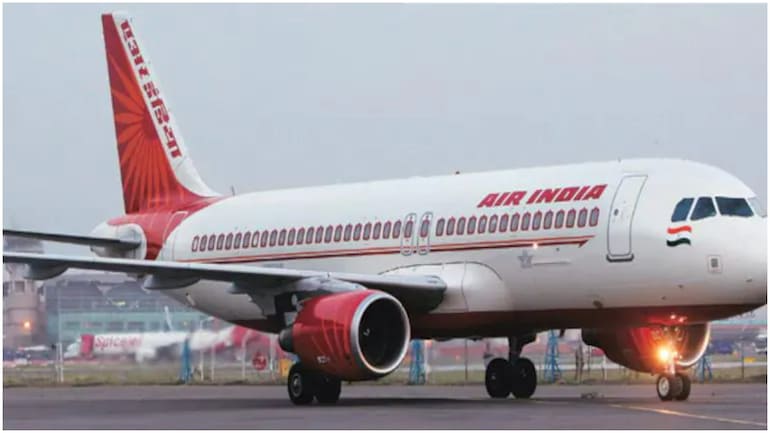(THIMPHU, BHUTAN) Prime Minister Narendra Modi on November 11, 2025, announced that India will build an integrated Gelephu immigration checkpoint near Bhutan’s southern border. He said the facility will make cross-border travel easier for visitors and investors and deepen the India-Bhutan relationship.
The declaration came during his two-day visit to Thimphu, where he framed the plan as part of a wider push to connect communities and markets on both sides of the frontier and to speed up movement for people and goods along a key corridor.

Purpose and expected benefits of the Gelephu checkpoint
Speaking at the Changlimithang Celebration Ground, Modi said the new checkpoint near Gelephu would improve ease of movement for traders, professionals, and families who regularly cross the India-Bhutan boundary.
The announcement follows growing interest in Gelephu as a link between Bhutan’s southern districts and Indian states just across the border. It signals closer coordination on border infrastructure and security systems designed to:
- Process travelers faster
- Reduce bottlenecks
- Provide clearer procedures
Officials said the integrated facility suggests coordinated verification for entries and exits and space for multiple agencies to operate side by side, although technical details were not released in Thimphu.
Rail connections: Gelephu and Samtse to India’s railway network
Modi also announced that Bhutan’s southern towns of Gelephu and Samtse will be connected to India’s railway network, positioning both as gateways for exports from Bhutanese factories and farms.
Expected impacts:
- Bhutanese producers would get quicker access to major Indian markets.
- Indian suppliers could reach Bhutanese consumers and construction sites more efficiently.
- Families and small businesses that rely on the India-Bhutan land route should see shorter journeys and more predictable travel times.
Business groups in Bhutan have long sought faster access to Indian markets, especially for agricultural goods that lose value when transport is slow or irregular. Railway links could lower freight costs and offer more reliable schedules.
Financial package under Bhutan’s 13th Five-Year Plan
India confirmed a fresh development package for Bhutan amounting to Rs 10,000 crore under Bhutan’s 13th Five-Year Plan. The announced breakdown includes:
| Component | Amount |
|---|---|
| Project Tied Assistance | Rs 7,000 crore |
| High Impact Community Development Projects | Rs 1,000 crore |
| Bhutan’s Economic Stimulus Programme | Rs 1,500 crore |
| Programme grant | Rs 500 crore |
Officials expect these funds to support:
- Roads and bridges
- Social projects
- Bhutan’s economic recovery measures aimed at job creation and attracting investors
Digital cooperation and other areas of partnership
Digital tools featured prominently in Modi’s remarks. He pointed to ongoing work to enable Bhutanese travelers to use India’s Unified Payments Interface (UPI) when visiting India — a change meant to make everyday transactions easier for students, families, and small traders.
Other cooperative areas highlighted:
- Joint efforts in science and technology, including work on a satellite project
- Research partnerships and digital connectivity that go beyond physical infrastructure
According to analysis by VisaVerge.com, the current slate of projects positions Gelephu as a practical anchor for new investment and gives Bhutan’s smaller producers better routes to larger regional buyers.
“Smoother border systems are essential to help students, patients, business owners, and tourists move with confidence,” officials said, emphasizing people-to-people ties and shared development goals.
Practical implications for traders, transporters, and communities
For many families in southern Bhutan who cross for medical care, schooling, or supplies, a streamlined checkpoint at Gelephu could:
- Reduce waits
- Cut out repeat document checks
- Lower hidden costs caused by delays
Traders and transporters expect that a smoother entry point will help reduce delays that add to the cost of basic goods.
As plans progress, border communities will look for clear guidance on:
- When construction will start
- How India and Bhutan will staff and equip the site
- How rail connections will link to local roads and depots
- Documentation requirements and hours of operation once the facility opens
Indian officials will assess how to align inspection standards with Bhutan’s systems to ensure fewer handoffs and faster clearance without compromising security.
Implementation considerations and timeline
Officials did not announce an opening date for the new checkpoint. However, the scale of funding and focus on border infrastructure suggest a tight implementation schedule once designs are set.
Key factors for success:
- Coordination across customs, immigration, and other agencies
- Design of lanes for buses and freight to handle peak periods
- Clear operational procedures so the site can operate without long queues
The choice of Gelephu — a growing border town with room for expansion — reflects a strategic bet that a single, well-run checkpoint, supported by rail links, can transform daily life for thousands who depend on timely crossings.
Broader context
The new steps reflect a broader pattern of connectivity work after the pandemic years, when border closures slowed travel and trade. With Modi’s visit, both countries signaled that restoring and improving land routes is now a top priority.
India’s Ministry of External Affairs said the visit aimed to strengthen ties across infrastructure, financial support, and technology partnerships, noting that the checkpoint and rail links will sit alongside wider programs to support Bhutan’s development path.
For official statements and updates on bilateral engagements, readers can consult the Ministry of External Affairs, Government of India.
Frequently Asked Questions
This Article in a Nutshell
Prime Minister Modi announced on November 11, 2025, that India will construct an integrated immigration checkpoint at Gelephu and connect Gelephu and Samtse to India’s railway network. The package includes Rs 10,000 crore under Bhutan’s 13th Five-Year Plan, with funds for project-tied assistance, community development, economic stimulus and grants. Officials emphasized streamlined border processing, digital cooperation like UPI access, and coordinated infrastructure to reduce delays, lower freight costs and expand market access for Bhutanese producers.












